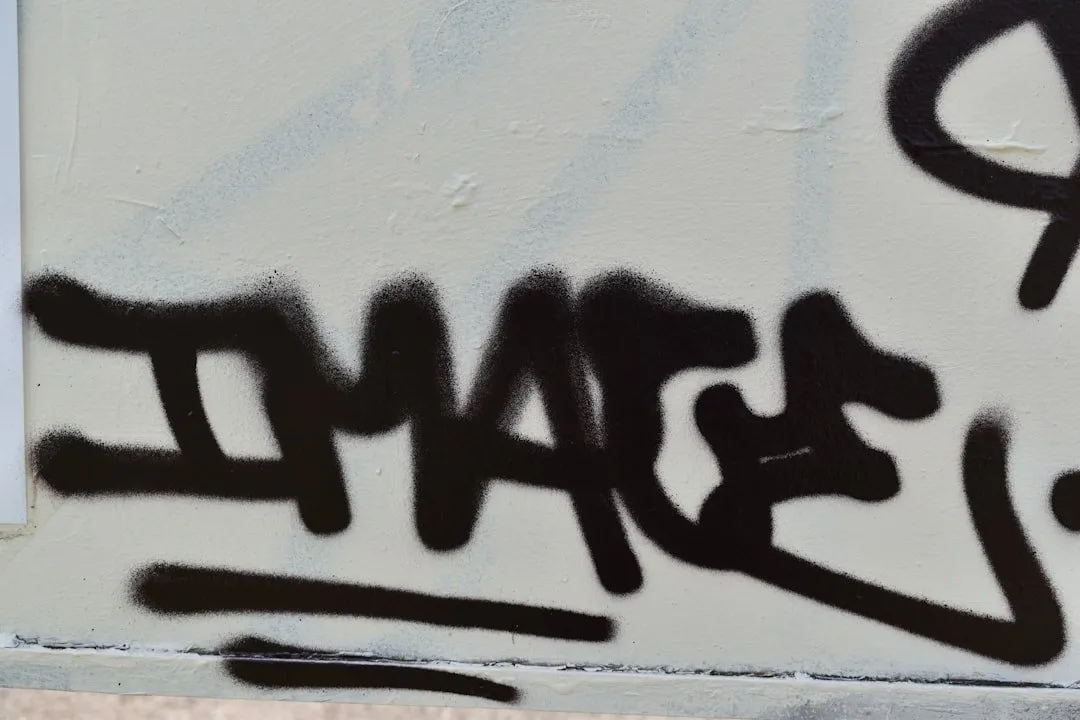Red Maeng Da and Red Bali, two kratom strains from Mitragyna speciosa, offer distinct pain management solutions. Red Maeng Da provides potent, rapid relief for severe chronic pain, while Red Bali offers a milder, balanced approach suitable for long-term conditions without excessive drowsiness. Safety is crucial when using kratom; consult healthcare professionals, choose high-quality products, start with low doses, and maintain consistent consumption. Regular monitoring allows adjustments to dosage or strain selection between these two popular options for optimal injury recovery.
Injury prevention and management is a multifaceted approach, and one unconventional yet growing area of interest is the role of kratom. This natural herb, particularly its strains like Red Maeng Da and Red Bali, has garnered attention for potential therapeutic benefits in pain relief and recovery. This article delves into understanding kratom’s mechanics, comparing these two popular red strains, and offering safe practices to incorporate it into your recovery routine, highlighting the responsibilities and considerations involved.
- Understanding Kratom and Its Role in Injury Management
- Red Maeng Da vs. Red Bali: Exploring the Differences
- Safe Practices for Incorporating Kratom in Your Recovery Routine
Understanding Kratom and Its Role in Injury Management

Kratom, a natural herb derived from the plant Mitragyna speciosa, has gained attention for its potential in injury prevention and management. Often celebrated for its analgesic (pain-relieving) properties, kratom is widely used as an alternative treatment for chronic pain. Among the various strains available, red maeng da kratom and red bali kratom stand out for their distinct profiles. Red maeng da is renowned for its potent pain-killing effects, offering a more robust solution for severe injuries or acute pain. In contrast, red bali kratom provides a milder yet sustained analgesic effect, making it suitable for managing chronic pain conditions.
Injury management with kratom involves leveraging these distinct properties to cater to different needs. Red maeng da’s intensity makes it ideal for traumatic injuries or post-surgery recovery, where quick and effective relief is crucial. On the other hand, red bali’s gentler approach can aid in managing long-term pain, such as arthritis or fibromyalgia, promoting better mobility and quality of life without causing severe side effects. Understanding these differences is key to using kratom effectively for injury prevention and management, ensuring a tailored approach to individual needs.
Red Maeng Da vs. Red Bali: Exploring the Differences

Red Maeng Da and Red Bali are two popular strains of kratom, each with distinct characteristics that make them unique in terms of injury prevention and management. Red Maeng Da is known for its potent pain-relieving properties and strong opioid-like effects, making it a preferred choice among users looking for rapid relief from chronic pain or injuries. Its energetic and stimulating nature can also aid in post-injury recovery by enhancing physical activity and mobility.
On the other hand, Red Bali offers a more balanced profile. While it still provides significant analgesic effects, it does so with less intensity than Red Maeng Da. This strain is often praised for its calming and sedative qualities, which can be beneficial in managing acute injuries or reducing inflammation. Its ability to induce relaxation without causing extreme drowsiness makes it suitable for users who need to stay active while still finding relief from pain and discomfort.
Safe Practices for Incorporating Kratom in Your Recovery Routine

When incorporating kratom into your injury recovery routine, prioritizing safety is paramount. Start with consulting a healthcare professional to ensure it’s suitable for your specific condition. Choose high-quality, third-party tested kratom products, focusing on strains like Red Maeng Da Kratom and Red Bali. These varieties are known for their potent analgesic properties without the psychoactive effects. Begin with a low dose and gradually increase as needed, allowing your body to adjust.
Proper administration is key; consume kratom consistently at set times daily, preferably away from meals to enhance absorption. Remember, consistency is crucial for effective management. Always store kratom safely, keeping it out of reach of children and pets, and dispose of used packaging responsibly to avoid contamination. Regular monitoring of your progress by a healthcare provider ensures you can adjust your dosage or switch strains if necessary, comparing the benefits of Red Maeng Da Kratom vs. Red Bali for optimal recovery.
Kratom, with its diverse strains like Red Maeng Da and Red Bali, offers a natural approach to injury prevention and management. While Red Maeng Da is renowned for its potent pain-relieving properties, Red Bali provides a calmer experience. Safe practices include dosage control, consulting professionals, and understanding individual tolerances. Incorporating kratom into recovery routines can complement traditional care, but it’s essential to navigate these options thoughtfully, considering the unique benefits of each strain.














